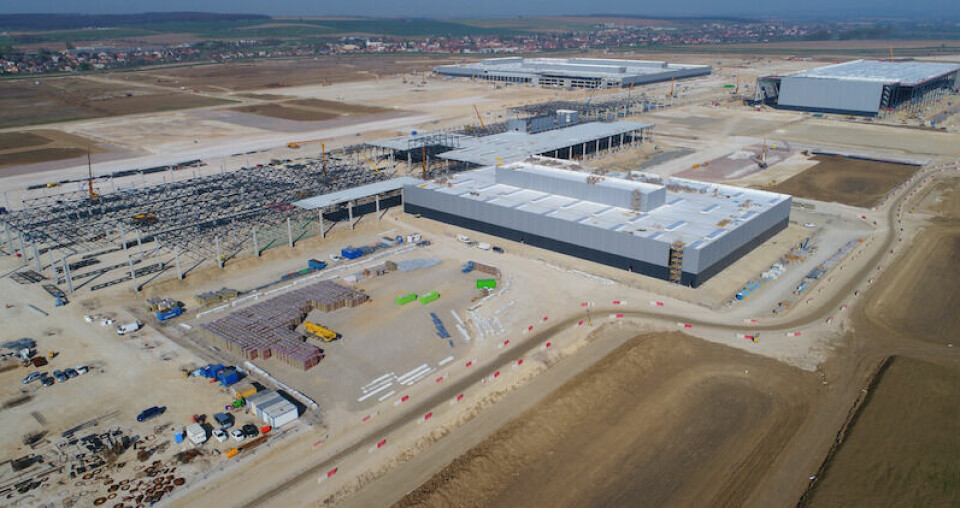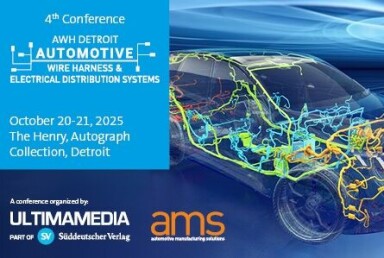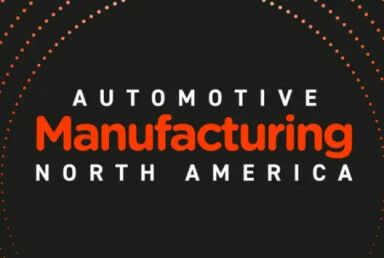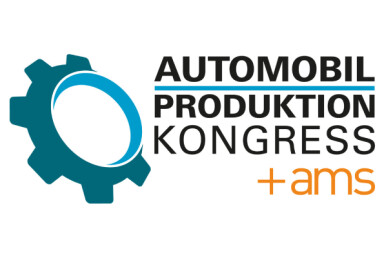Transforming a field into a factory – Jaguar Land Rover in Slovakia
Plant launch specialist Mark Parody reflects on the approach he took when set the daunting task of launching production at Jaguar Land Rover’s state-of-the-art factory at Nitra, Slovakia, including putting together a new team and coordinating significant complexity at each stage of manufacturing
Having been lucky enough to work in and around car factories most of my career, I had always marvelled at their size, complexity and how they just seemed to ‘work’. Through various engineering and manufacturing roles I had learned how these factories ran on a day-to-day basis but always wondered what kind of organisation it would take to synchronise all the hundreds, possibly thousands of elements required to start one from scratch – to transform a ‘field into a factory’.

So when I was asked to be the greenfield launch manager for Jaguar Land Rover’s first wholly-owned production site outside of the UK, it was the sort of opportunity I thought may only come around once in a career. I didn’t hesitate in saying “yes”.
Team selection
As I stood at the site chosen for the new facility in the small university town of Nitra, Slovakia, a 50-minute drive from Bratislava, I began making mental notes of the kind of team I would need to help organise the site’s readiness to build cars. The business needed vehicles rolling out of the factory within two years and it was my responsibility as Senior Manager of Plant Launch to coordinate the ‘5-Ps’ – Plant, Process, Product, Parts and People – to be ready for the start of production.
We needed a good bandwidth of experience, drive and grit – launching a 150,000-vehicle-per-year capacity factory wouldn’t be easy – as well as those with local knowledge and, most importantly, the ability to lead their own teams. However, I also wasn’t naive enough to think these kind of people would be easy to find, either internally in JLR or externally. So I settled on a leadership narrative that sought out those who cared deeply about what they were doing and showed the necessary determination – I could teach the rest.
Strong network
I started my career at JLR as a Graduate Manufacturing Engineer in 2003 so I already had a strong network. Yet, I knew from the start that we needed a mix of people with both ‘JLR DNA’ and also some new faces with local car-building knowledge and contacts in Slovakia, which is still a relatively new part of the automotive manufacturing world.
My responsibilities including leading launch activities in each technology area for manufacturing (Body in White, Paint, Final Assembly, Quality and overall Programme Management). Slovakia was, and still is, the highest car builder per capita, so I was ultimately able to recruit a mix of personalities from different parts of JLR UK and from within the industry in Slovakia. However, this proved more difficult than expected as the likes of Hyundai-Kia, Volkswagen and PSA already had a strong foothold in the country and all offered the safety net of working within an established facility.
With the help of a recruitment company in Bratislava, I chose to pitch the leadership roles in the plant as the kind of ‘once in a career’ opportunity that lured me in – and it worked. The people that I eventually took on didn’t leave their roles for significantly improved pay; it was more the opportunity to build something of their own in their home country that they could drive past with their kids or look at on Google Earth and say “I did that”.
Admittedly I didn’t hit the jackpot with my team selection first time, and learned many lessons about Slovak and British culture along the way. But through internal movements and some natural attrition, each manager I eventually appointed to my ‘First Line’ was someone promoted from within the team, so they had a very good handle on what the team was responsible for, credibility within their own peer group and, importantly, they knew how to work with and effectively lead their team. The confidence they showed as leaders and their ability to make decisions allowed them the autonomy from me to get on with the job, which in turn allowed me to do the same.

There were areas of development, both technically and behaviourally, for us all that we spent a lot of time using individual development plans to help address but essentially we all shared the same values as far as achieving our target was concerned; we all cared about getting the factory finished and producing cars on time.
Over the course of nearly two years my team and I coordinated the construction, technology fit-out and commissioning activities to get the plant operational. We also designed an appropriate vehicle launch plan that would take into account the usual requirements – namely, gradual ramp-up of vehicle numbers over a number of pre-serial production build phases. We were also sympathetic of the unique scenario we were in as a new plant; there was no specific ‘JLR process’ to follow.
Besides a joint venture in China with Chery, JLR had never set up shop outside of the UK on its own before the plant in Nitra. There are many variables to consider: are our local suppliers ready to launch? Are the internal IT systems, which established factories take for granted, ready and available? Is the brand new workforce in place and set to actually build a premium car? This all led to the development of risk mitigation plans that, unless my team was both diverse and empowered, would not have been possible.

Sense of satisfaction
After we achieved Start of Production, I took some time and reflected on the factors that, despite the experience being painful at times, made this project the single most satisfying challenge of my career to date. It boiled down to the leadership element of my role and the satisfaction I took from seeing my immediate team develop themselves into highly effective leaders in their own right, managing their business almost autonomously and eventually only really relying on me in a directional capacity.
Team building and development was critical for the 120+ members who worked in my organisation. Without all the late nights spent in the factory together solving problems, weekend conference calls, team building drinks after work, individual development plans, 1:1 coffee breaks where we would talk about our kids or the football and the ‘town hall’ communication meetings I held, the net result might’ve been very different. Each of these engagement elements was difficult to quantify in terms of how it shaped our team or contributed towards our success but they were all important in their own right.
Most of all, though, the one key trait we all showed, even when the going got really tough and emotions ran high, was that we cared about doing a good job and so found a way through and onto the next challenge. As I moved from Slovakia onto the next stage of my career, I like to think this behavioural legacy remains and that I have left behind a group of leaders able to deal with pretty much any situation they are likely to encounter as they continue to launch more premium vehicles into JLR Slovakia’s amazing facility.
Mark Parody was Greenfield Plant Senior Launch Manager at Jaguar Land Rover, with responsibility for launch activity across production functions at the carmaker’s factory in Nitra, Slovakia until January 2020.


















